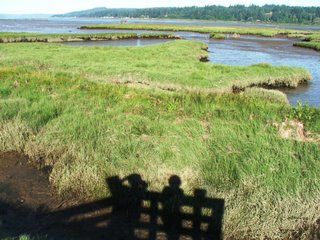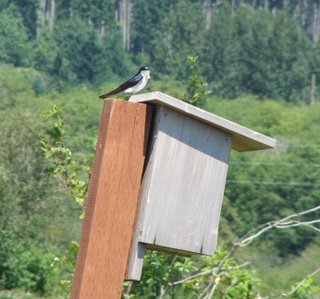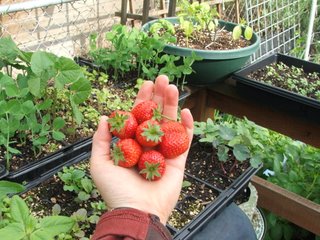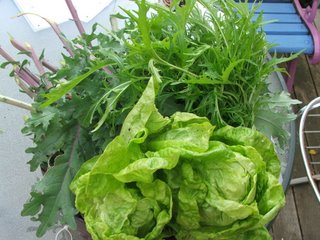We spotted a sign for a second market, though this one did not claim to have any farmers involved. It was, however, really lame. The produce they did have was from a wholesaler, that was obvious. Unless small farms are now adding stickers to their tomatoes. The rest was very sparse. We felt like we had slipped into a parallel universe. We felt very out of place just roaming from one side of the lawn to the other. Why did we even bother to turn off the car? We could easily see what a waste of time it was.
To Belfair’s credit, we really enjoyed the wildlife we spotted at the Theler Community Center and Wetland Trails. This area makrs where the lower Hood Canal meets the Union River Estuary, where fresh and saltwater marshes meet. We walked the trails on Saturday and Sunday.

From the boardwalk you can see a bit of the Olympic Mountains.

We spotted creatures we had never seen in the past. For example, the Green Heron.

A magnificent bird that took us by surprise. It flew from one tree to another, would circle around and swoop past us then land in a tree again. Never was able to get a shot of it and never saw it in the water which is where we always see Great Blue Herons. The Green Heron is a small wading bird with striking colors, especially when in flight. I most remember the vibrant orange of its underside. I read that the feeding habits are interesting in that they use bait to attract prey. “Foraging Green Herons sometimes drop feathers, worms, insects, or other items into the water as bait to attract fish.” Very clever. I’ve posted a couple of pictures that are not mine. I found these online and in no way take credit for them.

More photos are here.
Also spotted were, we think, a couple varieties of grebes. Even with excellant binoculars and a wonderfully illustrated guide book to Washington’s birds, we couldn’t say for sure if these were grebes. We did our best. Sometimes the bird was just too damn far away.
We did happen upon a Great Blue Heron as he was patiently stalking something tasty. Out of the corner of my eye I spotted this fellow through the greenery and snagged this shot. A second one was spotted striking a pose down in the mud flats.

A bald eagle flew overhead for good measure. Redwinged blackbirds are the Bird Of The Month at the wetlands. They were everywhere and have the coolest call. Its sounds electric. Plenty of swallows in several varieties.

And dragonflies for days. We saw an incredibly beautiful red one. I tried in vain to focus on him for several minutes. The macro feature on my digital camera seems to have it out for me. It refused to focus on the insect, even thought it was in the center of the cross-hairs and a quite reasonable distance from the camera. It managed to focused on everything else but not what I really wanted. I could never narrow down the kind of dragonfly it was but I’m betting it’s a Meadowhawk because of the brilliant red color. I checked several photos from the wonderful collection at the Slater Museum of Natural History at the University of Puget Sound. The photos of male Meadowhawks are predominantly red, have the thicker body instead of the long, narrow body, and I also kept in mind the color and number of wings. Then again, with over 7,500 species, I could be wrong.

Here are two red-winged blackbird ladies fighting over a tasty dragonsfly. Pretty sure we spotted the ring-necked plover and a few spotted (solitary) sandpipers too. Again, the photos are not mine.



 Pulled some green onions and we threw those right onto the grill with our salmon on Sunday. A little bit of char on there makes it all the better. And in the pea department, we gathered enough to make a super summer pasta dish -
Pulled some green onions and we threw those right onto the grill with our salmon on Sunday. A little bit of char on there makes it all the better. And in the pea department, we gathered enough to make a super summer pasta dish -






